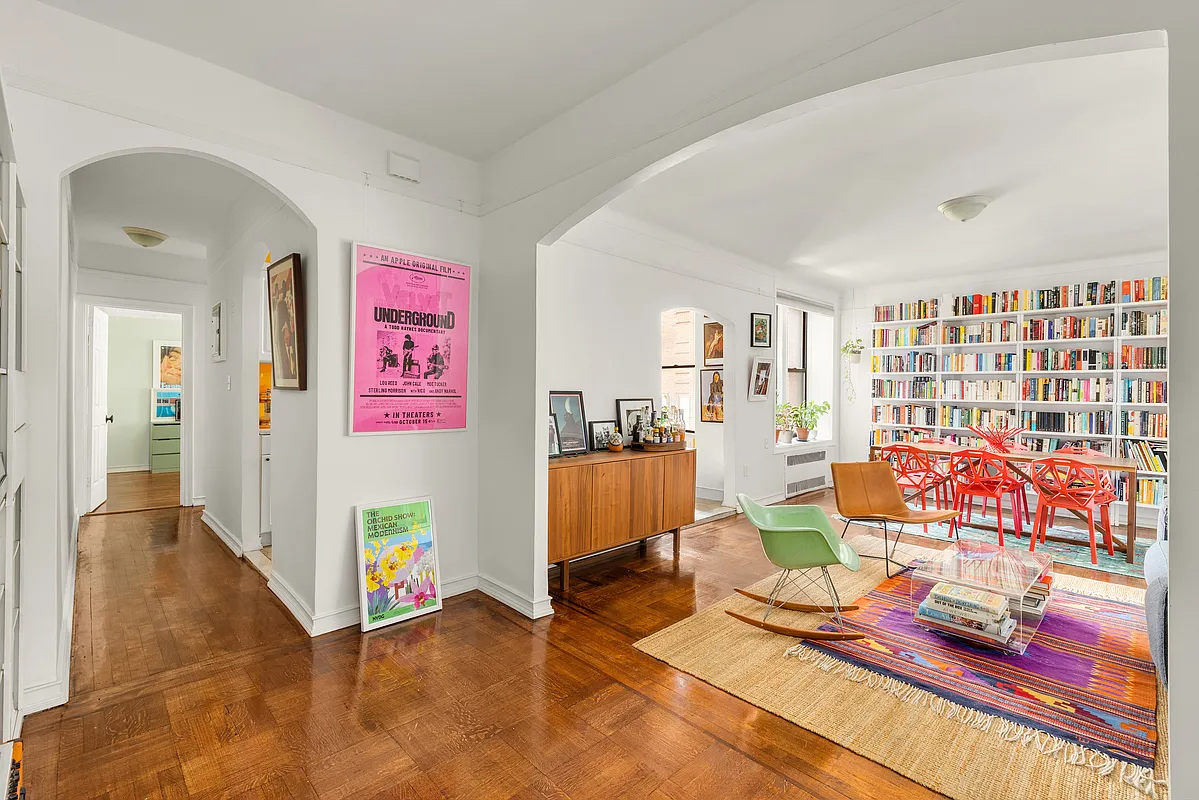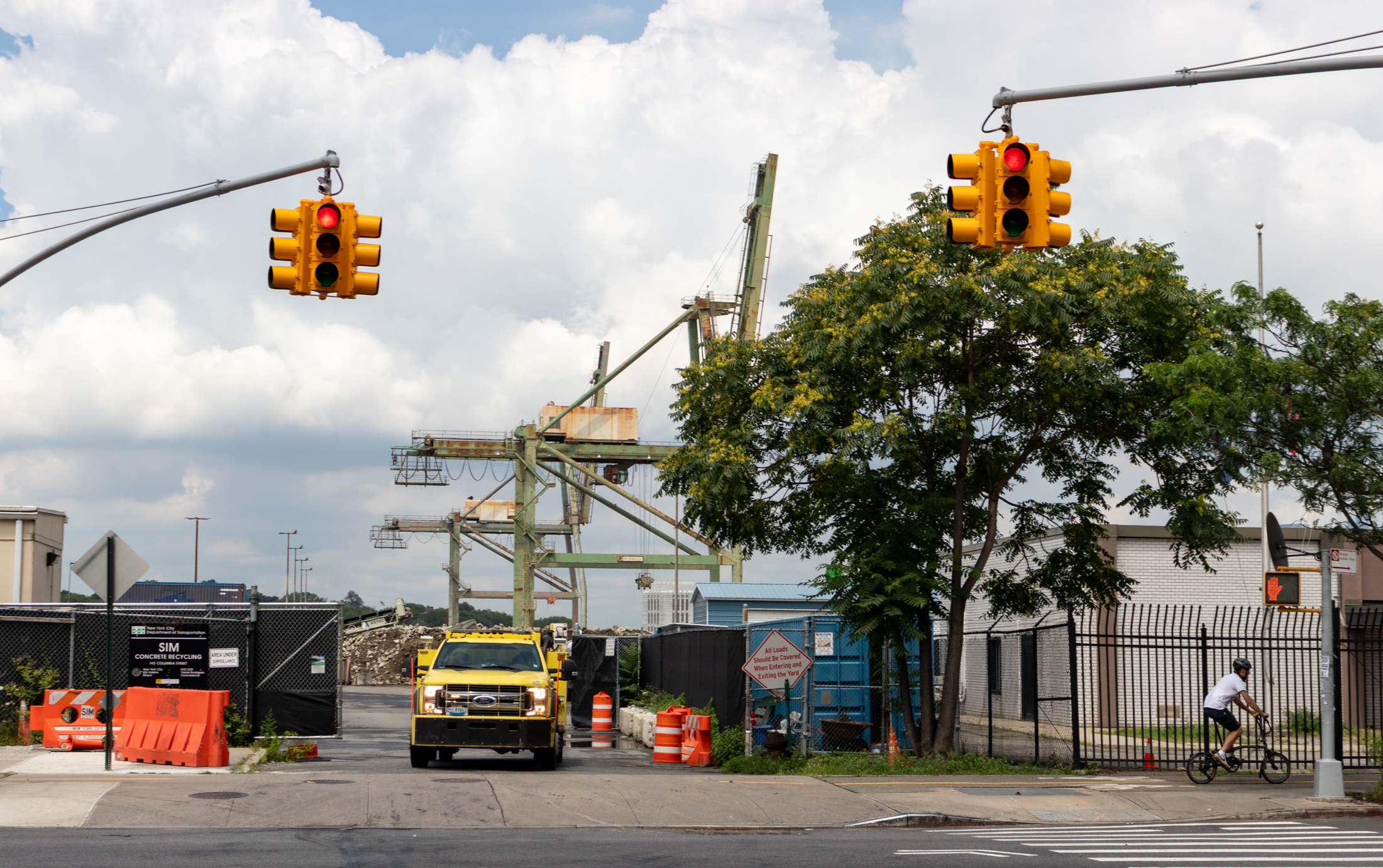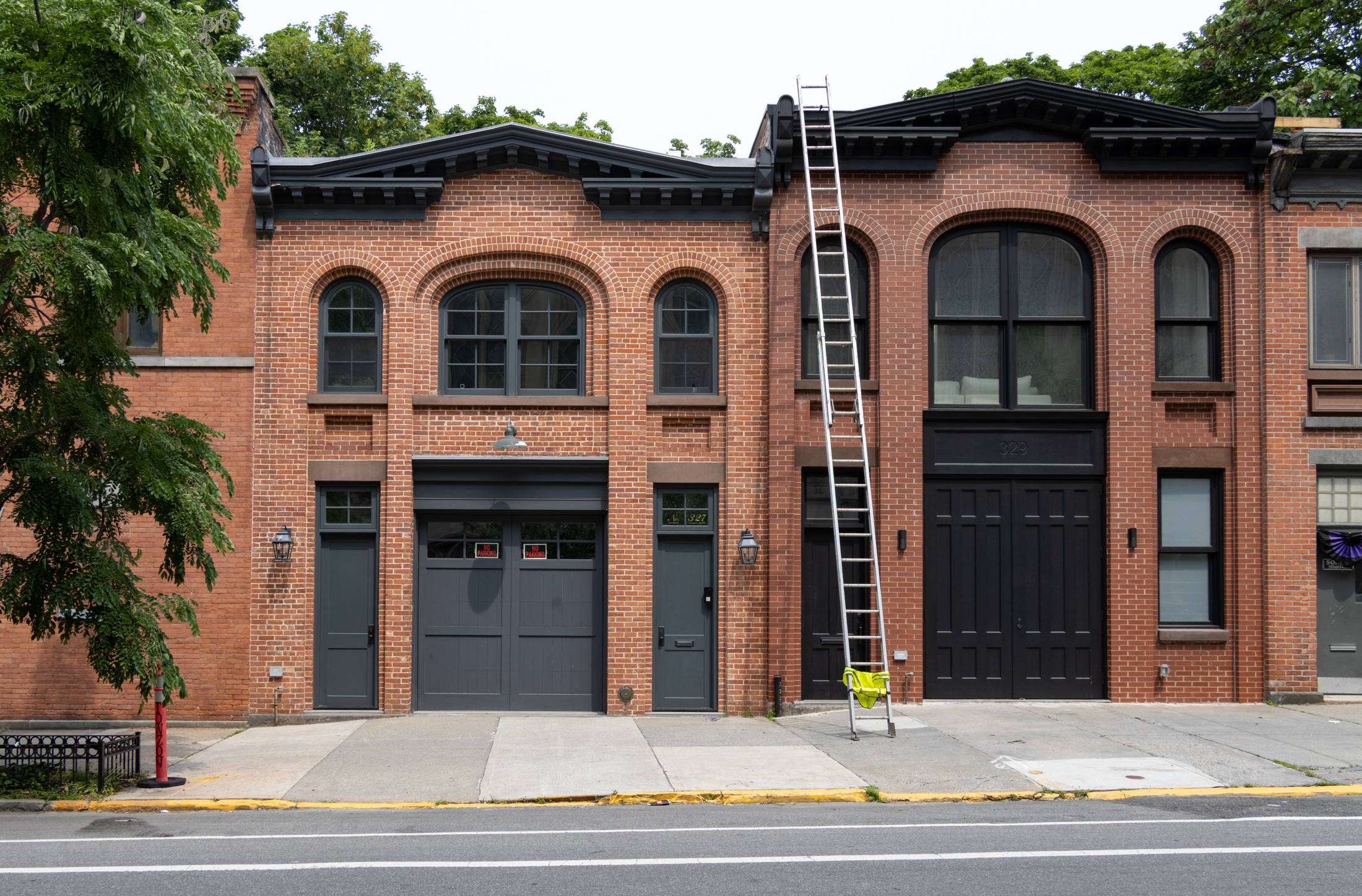Brooklyn Secret Agent: Why Basements Matter
Today we bring you the ninth of an anonymous weekly column about real estate by one of the most experienced agents in Brooklyn: As a child I was terrified of our basement. When sent there I would tiptoe down, turn on ALL the lights, and then race back up the stairs with my heart pounding,…

 Today we bring you the ninth of an anonymous weekly column about real estate by one of the most experienced agents in Brooklyn:
Today we bring you the ninth of an anonymous weekly column about real estate by one of the most experienced agents in Brooklyn:
As a child I was terrified of our basement. When sent there I would tiptoe down, turn on ALL the lights, and then race back up the stairs with my heart pounding, sure something would pull me back down into the dark. Never would I have predicted that I would go into a field where so many important decisions are made in the basement. Having stood by for perhaps 150 home inspections, I now eagerly descend the steps and go through the mental checklist — electric, water main, furnace, hot water heater, bugs, foundation and support columns.
When showing a townhouse it makes sense to start on the parlor floor, go upstairs and finally view the basement. That way there isn’t quite so much upward trudging — it is hard to love a place when you are out of breath. Usually the parlor floor is the best: high ceilings, large windows and lovely details.
When a buyer declines to visit the basement that is not a good sign. If they didn’t love the upstairs, there is zero chance the basement will change their mind about the house.
But when a buyer does descend, that is where the serious discussion about the house begins — right there among the cobwebs, discarded skis and broken bicycles. We are at the end of the tour, so it makes sense. However, it is always the home’s least attractive spot and it’s ironic that we have so many discussions there.
You can tell everything about how a house has been maintained in the basement. Once I was in a basement in Cobble Hill after a heavy rain and the entire floor was alive with wriggling worms. The buyer ran out screaming and I still shiver to think of it. Another seller, after living in a house for over 35 years, confessed that she had only been down there four or five times on the theory that you just never get good news in the basement. And she was right — mold, cockroaches, standing water and asbestos were a few of the treats down there.
Then there are the basements that knock your socks off. How about a wood-paneled lair with custom ventilation for cigar smoke and a casino-style poker setup? I have seen more than one. Brooklyn Heights houses often have temperature and humidity-controlled wine cellars with thousands of bottles. I am not exaggerating that number. Once there was a net set up in a Prospect Heights house that allowed one to practice one’s golf swing. Immediately upon seeing that, my client bought the house.
Always, there are doors. Honestly, always. When the houses were built the owners employed servants and I surmise that the owners wanted privacy so every room could be closed off. We don’t live that way anymore, so many doors are removed and stored in the basement. If you seek original doors in brownstone Brooklyn, put out a request on a site like this one and you will be happy.
In all seriousness, basements matter a lot. Most of the environmental dangers lurk there. Asbestos and mold are prevalent in our neighborhoods but luckily radon is rare. A seller needs to remediate as much as possible before listing and a buyer needs to ensure that the inspector is knowledgeable on the subject. Care should be taken to hire reputable and accredited help. After solving those problems, though, there is no limit on how to use your basement. Just remember that it tells your house’s story in so many ways.





What's Your Take? Leave a Comment